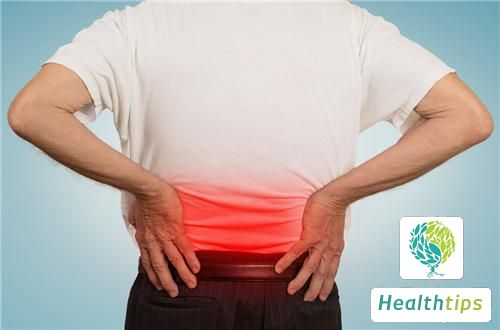What Should I Do When My Nose Is Blocked?
Nasal congestion is a common physiological phenomenon that can cause significant discomfort. It is particularly evident during alternating temperatures and seasonal changes, with typical symptoms including difficulty breathing, runny nose, dizziness, and headache. In severe cases, it can even lead to a series of inflammatory conditions. It is essential to take prompt measures to address nasal congestion, as it can significantly impact daily work and life.

1. Massaging Yingxiang Point: Yingxiang Point is located next to the nose and is named for its ability to treat nasal congestion and restore olfactory function. It is one of the body's acupoints and belongs to the Hand Yangming Large Intestine Meridian, as described in the "Classic of Acupuncture and Moxibustion (Jia Yi Jing)." This acupoint is located at the midpoint of the outer margin of the alae nasi and within the nasolabial fold. It has the functions of dispersing wind-heat and relieving nasal congestion, primarily used to treat nasal congestion. As a confluence point of the Hand and Foot Yangming Meridians, it can regulate the qi of both meridians and disperse wind-heat, making it particularly effective in relieving nasal congestion and dispelling facial and dental wind-evil. Therefore, individuals with rhinitis can massage Yingxiang Point daily to help alleviate nasal congestion, runny nose, and other symptoms.
When massaging, it is recommended to rub your hands together to warm them up before pressing the acupoint. Each session should last for approximately 2 minutes, repeated two or three times.
2. Jogging: Regular jogging for 15 minutes each day can promote blood circulation and help contract the nasal mucosa, facilitating nasal ventilation and drainage. Long-term jogging can also strengthen the body's constitution and, to a certain extent, promote the recovery of rhinitis.
3. Moxibustion: Moxibustion is a highly effective treatment for rhinitis. It is a simple yet remarkable method for treating nasal congestion and allergic rhinitis, with a 95% effectiveness rate and a 60-70% cure rate. Key acupoints for moxibustion include Feishu, Shangxing, Hegu, and Shenque. Feishu plays a crucial role in treating rhinitis. As we all know, the lungs govern the skin and hair, which serve as the body's outer barrier, including sweat glands, skin, and hair follicles. They secrete sweat, moisturize the skin, regulate breathing, and defend against external evils. Therefore, stimulating these acupoints through moxibustion can effectively relieve nasal congestion and other symptoms of rhinitis.
4. Drinking Rhinitis Tea: Rhinitis tea can be made by combining medicinal and edible herbs such as Angelica dahurica, Agastache rugosa, Licorice, Ginger, and Mint. This tea can help alleviate nasal congestion and other symptoms of rhinitis.



















